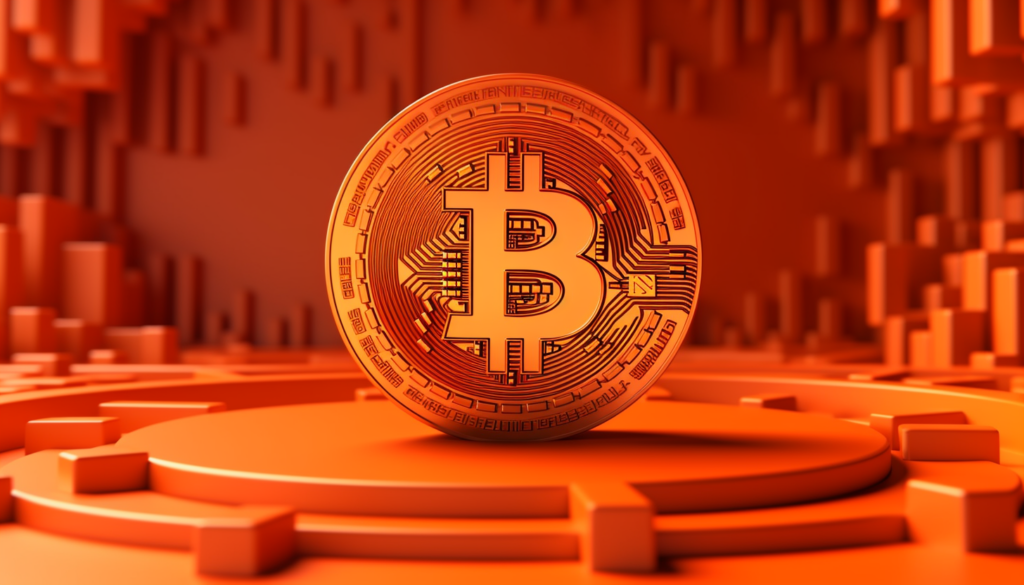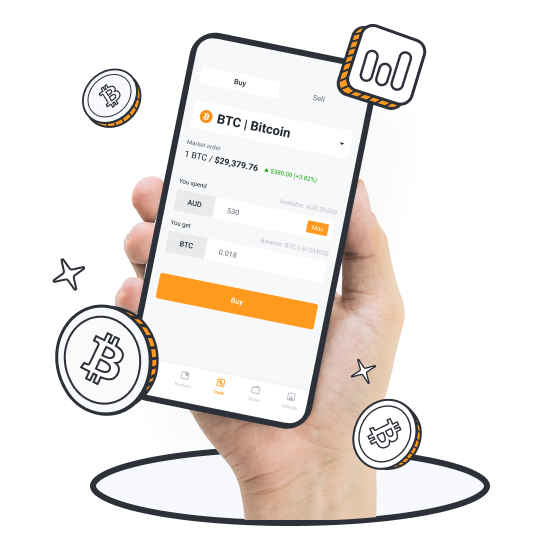What is Bitcoin?

What is Bitcoin?
Bitcoin is the world’s first cryptocurrency and decentralised payment network. It was invented in 2008 by an anonymous person or group named Satoshi Nakamoto. To understand Bitcoin, it’s important to make the distinction between the two different ways it is spelled. Technically, bitcoin spelled with a lowercase “b” refers to the digital currency, whereas Bitcoin spelled with a capital “B” refers to the Bitcoin network. For consistency, however, we will spell it with a capital “B”. Bitcoin’s protocol uses a consensus mechanism called proof of work, which makes it the most secure payment system that currently exists. Built upon decades of research in computer science, Bitcoin’s blockchain technology has provided the infrastructure that has allowed thousands of other digital currencies to evolve.
Bitcoin and Blockchain – How does it work?
Unlike paper fiat currencies, Bitcoins are not physical money. Bitcoin exists online as code recorded in a secure digital ledger, or immutable database, called the blockchain. New Bitcoins or BTC are created through a process called Bitcoin mining which is also how new transactions are recorded, verified and stored. Bitcoin miners bundle transactions into blocks and compete against each other to solve a mathematical puzzle that is extremely hard to guess. To do this they use powerful computers with very fast processing speeds. The first miner to generate the correct answer is granted permission to add their block as the next one in the chain. They are rewarded for their service with the new Bitcoin that is minted and also collect the transaction fees contained within the new block.
Part of Bitcoin’s value is driven by its supply and demand, as there is a limited number of Bitcoins to be mined. Once the maximum supply of 21 million coins has been mined, there won’t be any more made. This is set to occur sometime in the year 2140. Bitcoin’s scarcity is what sets it apart from other popular cryptocurrencies such as Ethereum and Litecoin.
The blockchain is a decentralised, distributed public ledger that records transactions pseudonymously and securely. By recording all transactions made within the cryptocurrency network, blockchain technology removes the need for a middle-person like a central bank, payment app such as PayPal, or any other central authority. The decentralised nature of blockchain technology means that Bitcoin has no central point of control, as with most traditional currencies, and is sustained by individuals in the widespread cryptocurrency community. This creates a trustless payment system, where parties participating in Bitcoin transactions can be sure of the information displayed on the blockchain.
Moreover, the Blockchain prevents any transactions from being removed, modified or tampered with. It creates a chain of transactions, known as blocks. Without blockchain technology, it would be impossible to use Bitcoin. Simply put, Bitcoin operates for the people by the people. Instead of using banks, Bitcoin is powered by its users, who buy and sell Bitcoin from exchanges like Bitcoin Australia.
